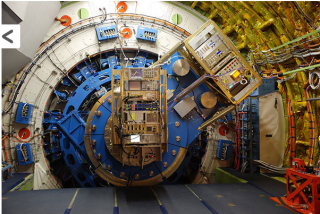 An international research team led by scientists from the Coordinated Research Center (CRC) 956 “Conditions and Impact of Star Formation” at the University of Cologne has used observations made with the GREAT instrument on board the SOFIA aircraft observatory and the APEX telescope to date the core of an interstellar cloud that is forming a group of Sun-like stars.
An international research team led by scientists from the Coordinated Research Center (CRC) 956 “Conditions and Impact of Star Formation” at the University of Cologne has used observations made with the GREAT instrument on board the SOFIA aircraft observatory and the APEX telescope to date the core of an interstellar cloud that is forming a group of Sun-like stars.
The age of this star-forming cloud, which is located in the Ophiuchus constellation at a distance of around 400 light years, was determined by comparing the data from the telescopes with extensive computer simulations of the chemistry that is changing with time. “The simulations allow us a detailed look at the movement of our H2D+ clock,” explains Jorma Harju of the University of Helsinki. “We find that our new chemical clock is more precise than any of those used previously. Even more importantly, it keeps running when other clocks have already stopped working.” The team is confident that their new method will help to date other stellar birthplaces.
Read the press release from University of Cologne

